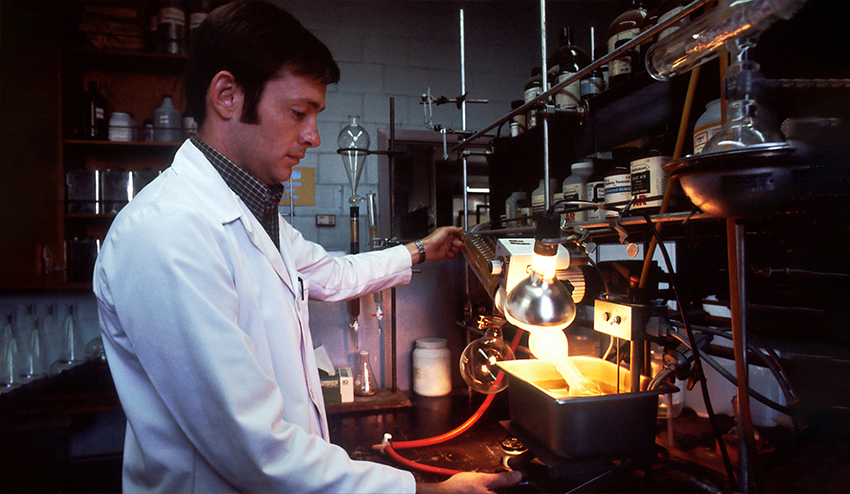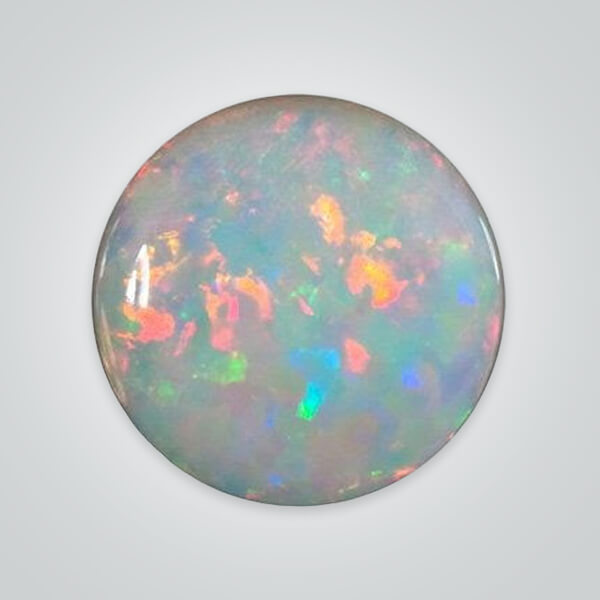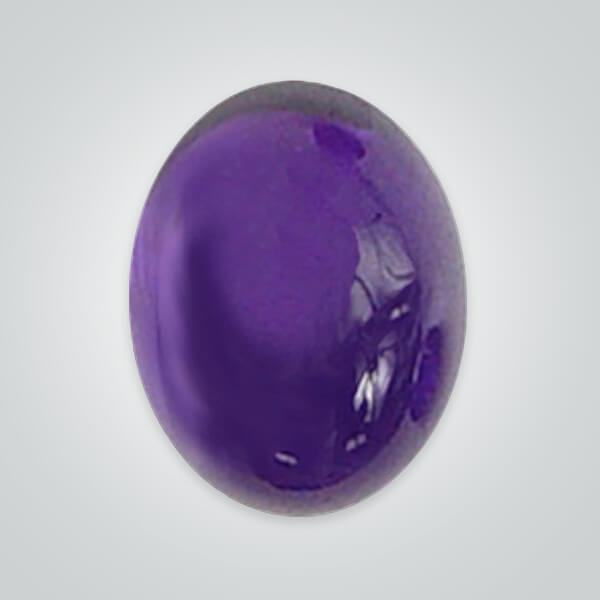
What Do You Need to Know About Lab Created Gems?
Have you ever wondered why cheap jewelry and ‘bling bling’ are made of precious stones and gems but still regarded as fake? The answer is simple. Although these stones and gems are not exactly fake (actually, some are totally fake), they are not natural. In other words they are manmade or artificial. They are created in the laboratories hence they are more appropriately called synthetic gems.
It’s not quite clear when these artificial stones started entering the gem markets because their earliest creations were kept as top secrets for obvious reasons. However, the idea of creating precious stones and treasured jewels from ordinary materials dates back to the days of alchemy. It is now believed that the invention and development of the blow torch around the early 19th century contributed to the processes that are now associated with synthetic gemstone production.
What are synthetic gems?
Synthetic gems are man-made gems. They contain exactly the same physical and chemical properties of the natural gems. There are over 100 known types of gems and a good number of these gems have been artificially replicated including diamond, ruby, emerald and sapphire.
Synthetic gems can also be presented as loose gems. Loose gems are gems in their free state. They are the gems that not encrusted into anything.
Why are they made?
Trying to understand why synthetic gems are produced in the first place, is like trying to deduce the reason why some humans wear hair wigs. It’s that complicated. While some of these synthetic gems were products of lucky industrial accidents and can be regarded as chance discoveries, some others were products of extensive research and application of scientific knowledge.
Uses of gems
Besides jewelry and adornments (and of course mystic uses). Gems have found more use in industrial processes. Diamond for example is important industrial cutting and drilling machines because it is very hard. Quartz is popular in clock and watch making due to its stable frequency of vibration under electric stimulation. Tiny bits of topaz and corundum are also used to make abrasives. This need to make these rare gems available for various industrial purposes encourages research and production of synthetic gemstones.
How are they made?
There are 2 main techniques in gem production; the flame fusion and the flux methods. These techniques require sophisticated equipment as well as efficient and careful manipulation to achieve desired results. Since natural gems are formed from inorganic minerals in the earth and these minerals have definite chemical compositions and physical properties (each gem has its own unique inorganic make-up). Scientists analyze these properties and then design procedures that would imitate the natural processes that these minerals undergo during formation in the earth. These processes are then adapted and recreated in the lab.
What are the differences between the natural and the synthetic?
Next time you walk into a gem shop and the jeweler is honest enough to tell you which is natural and which is synthetic (if he knows himself), try to find the difference.
Besides the price tag which is the first obvious difference when you’re standing in front of collection in a jewelry store, identifying the differences in a different setting when the two species are placed side by side without any descriptions becomes one herculean task for an innocent buyer. Even experienced and professional gemologists still encounter difficulties when presented with this situation.
However, one way to identify synthetic gems is the presence of microscopic gas bubbles within the crystals. These bubbles are a result of the oxygen introduced into the medium during the process of making them. Another means of identifying lab created gems is the absence of impurities in the synthetic gem. The starting materials needed to make the gems need to be at least 99.9995% pure. That’s enough to be perfectly pure if you ask me. Since the synthetic gems are made from perfectly pure materials, the final products are perfect. This perfection is used to identify them because the natural gems always contain some impurity infused in them during their formation in the earth.
But that’s not all. It is also possible for synthetic gem makers to infuse tiny particles of impurities into the artificial stones. This, coupled with the original difficulty in identifying gems has led to several authorities stipulating rules and guidelines on disclosure regarding the nature of stones. Despite this it’s still a worrisome situation as the descriptions if and when available are in technical terms that are not understandable to the layman.
Differences in price
In terms of price, the natural gem costs up to 100 times the price of the lab created gem. In fact, it appears to follow a particular trend such that the rarer a gem, the more expensive it is and the cheaper the synthetic version of it.
Many people frown upon this situation. They argue that the synthetic gems which are even chemically purer should not be treated as mere cheaply made artificial products. They also predict a near future where gems will be treated equally regardless of their origins.
However, anybody seeking to buy gems will be looking to get their money’s worth. But how can one be sure they are getting their money’s worth when they are not even sure of what they are buying. Many jewelers have lost the traditional art of learning the history and origin of every piece in their collection. Even when available, it is possible to suspect certain parts of the story may have been fabricated and or purposely left out.
Do synthetic gems have a future?
Considering the rich history of lab created gems from the days of August Verneuil and Edmond Frémy in 1800s to the modern-day companies and industries going into large-scale manufacturing of synthetic gems, there is no fear saying that the man-made gems have come to stay. Perhaps, it is also almost logical to agree with the school of thought that foresees a future when synthetic gemstones will be treated equally without any discrimination like their natural counterparts. Only time will tell.




